Creeping Jenny Care: A Simple Guide to Growing This Versatile Plant
Not only is Creeping Jenny a visually appealing plant, but it also serves as an excellent solution for creating lush green ground cover in your garden. In this guide, you’ll learn detailed steps on how to plant and care for Creeping Jenny, ensuring a vibrant and thriving garden.
Creeping Jenny, or Lysimachia nummularia, is a low-growing, perennial ground cover plant ideal for establishing green carpets in various settings. With its adaptability to different growing conditions, from full sun to partial shade, it is a favorite among gardeners. The charming, small, bright yellow flowers that typically bloom in the summer add to its appeal.
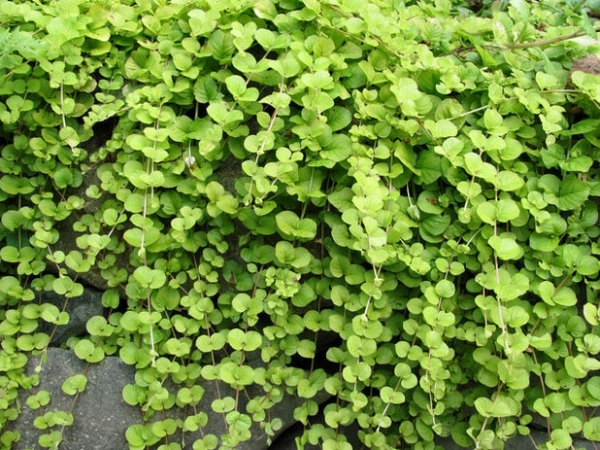
Some people may worry that Creeping Jenny can become invasive due to its fast-spreading nature, but this very trait helps create a lively and lush garden space. With a few basic care tips, you can easily grow and maintain this plant in your garden, whether you're a beginner or an experienced gardener.
Basic Information About Creeping Jenny
- Scientific Name: Lysimachia nummularia
- Common Names: Creeping Jenny, moneywort, herb twopence, twopenny grass
- Family: Primulaceae
- Plant Type: Perennial ground cover
- Hardiness Zones: 4–9 (USDA)
- Light Requirements: Prefers full sun to partial shade
- Soil Type: Well-drained, adaptable to sandy, loamy, or clay soils
- Soil pH: Tolerates acidic, alkaline, or neutral soils
- Size: Grows to about 2–4 inches tall
- Flowering Period: Summer
- Flower Color: Bright yellow
- Native Region: Western Asia and Europe
Tips for Caring for Creeping Jenny
1. Light and Planting Location
Creeping Jenny thrives in both full sun and partial shade. When planting outdoors, choose a spot with morning sunlight or indirect afternoon light to help the plant maintain its vibrant color without scorching the leaves.
2. Soil and Watering
This plant prefers moist, well-draining soil. Creeping Jenny flourishes in consistently humid environments, so regular watering is essential, especially during dry periods. However, avoid waterlogged soil as it can lead to root rot.
3. Temperature and Humidity
Creeping Jenny is a hardy plant that can tolerate a range of temperatures and humidity levels. It grows well in areas with temperatures ranging from 60°F to 85°F (about 15°C to 30°C). If you grow it indoors in a hanging pot, ensure the environment maintains a high enough humidity level for optimal growth.
4. Pruning and Control
Due to its fast-spreading nature, regular pruning helps control its growth and keeps the garden neat. Particularly in spring or summer, you can trim back the longer stems to maintain the desired shape. This will also prevent it from overtaking other plants in your garden.
Popular Varieties of Creeping Jenny
- Lysimachia nummularia: The standard variety, commonly known as Creeping Jenny or Moneywort, features lush green leaves and forms a dense ground cover. It thrives in moist soil and is well-suited as a ground cover plant or hanging plant.
- Lysimachia 'Goldilocks': This variety stands out with its bright golden-yellow leaves, creating a unique contrast when planted alongside other plants. It prefers partial shade and grows well in moist soil.
- Lysimachia 'Aurea': With slightly larger bright yellow leaves than 'Goldilocks,' this variety is ideal for shaded areas in the garden. It thrives in moist environments and is less invasive compared to other varieties.
- Lysimachia 'Golden Globes': This variety has a unique spherical growth habit, with golden leaves resembling small globes. It is suitable for rock gardens, borders, or as a decorative potted plant.
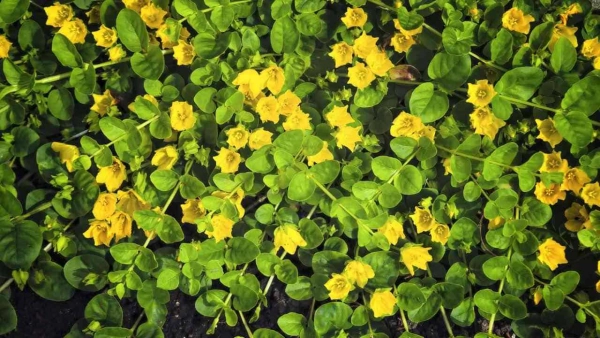
Caring for Creeping Jenny: Simple and Effective
Creeping Jenny is a beautiful perennial, perfect for adding to your garden or home décor. With proper care, this plant will thrive, offering a bright display with its small yellow flowers and cascading, lush green leaves. Though its flowers don’t bloom for long, Creeping Jenny’s beauty lies in its foliage and its ability to create a perfect ground cover.
This plant can be grown as a trailing plant in pots, hanging baskets, or outdoor containers. Especially well-suited for planting near water features like ponds or small pools, Creeping Jenny adds a refreshing, natural touch to the landscape.
1. Important Considerations for Planting Creeping Jenny
Creeping Jenny establishes quickly, and in some areas, it’s considered an invasive species. Originally introduced to the U.S. as an ornamental plant, it can now be found growing wild in various habitats, from wetlands to roadside ditches. However, with proper control, this plant remains an excellent choice for the garden.
It also pairs beautifully with other shade-loving plants like ferns, hostas, and impatiens. When planted alongside trailing plants like sweet potato vine or ivy, you can create a diverse and vibrant garden space.
2. Creeping Jenny Care Guide
- Light: Creeping Jenny thrives in filtered light or partial shade. Avoid placing the plant under harsh, direct sunlight for extended periods, as this can scorch the leaves. If the plant wilts or the leaves turn brown, adjust the light exposure accordingly.
- Soil: This plant prefers moist, well-draining soil rich in organic matter. Before planting, amend the soil with compost or other organic materials to enhance fertility and drainage. The ideal soil pH is slightly acidic to neutral.
- Watering: Creeping Jenny requires consistent moisture to thrive, so regular watering is essential. However, avoid waterlogged soil to prevent root rot. Check soil moisture often and adjust your watering schedule based on weather conditions.
- Temperature and Humidity: This plant can tolerate a range of temperatures and humidity levels. However, in dry or excessively hot climates, you can mist the plant or place it near a humidifier to maintain ideal growing conditions.
- Fertilizer: While not requiring frequent fertilization, a slow-release fertilizer during the growing season can support healthy growth. Be cautious not to over-fertilize, as this can lead to overly rapid growth, affecting the plant's overall health.
- Pruning and Control: Regular pruning helps maintain the shape of Creeping Jenny and prevents excessive spreading. When trimming, remove any damaged or dead leaves and shape the plant as desired. The cuttings can easily be propagated, so don’t hesitate to use them to grow new plants.
Propagating Creeping Jenny
Propagating Creeping Jenny is simple and a great way to add more plants to your garden.
Step 1: Choose Cuttings
Select healthy, disease-free cuttings. It’s best to choose green, sturdy stems with no signs of wilting. Propagation works best in spring or summer when the plant is actively growing.
Step 2: Prepare the Soil
Use moist, well-draining soil. You can add perlite or sand to the soil mix to enhance drainage.
Step 3: Plant the Cuttings
Remove a few inches of leaves from the bottom of the cutting and dip the cut end in rooting hormone. Insert the cutting into the soil, burying it about an inch deep, and press the soil lightly to secure it.
Step 4: Care for the New Plant
Keep the soil consistently moist, avoiding waterlogging, and provide moderate light. In a few weeks, roots will begin to develop, and new growth will indicate successful propagation.
Repotting Creeping Jenny
Creeping Jenny is not only a perfect ground cover but also an excellent choice for containers to decorate your home or garden. Whether in a hanging basket or a shallow pot, this plant shines with its vigorous growth and cascading green foliage.
1. Choose the Right Pot
When planting Creeping Jenny, choose a pot with good drainage and enough room for the roots to grow. While this plant likes moist soil, it does not tolerate soggy conditions, so a pot with drainage holes is crucial. Hanging baskets are a great choice, allowing the plant to trail down naturally, creating a graceful look.
2. Prepare the Soil
Use a nutrient-rich, well-draining potting mix. You can improve the soil's fertility by mixing in compost or organic matter. Ensure the soil is loose and not compacted so the roots can spread easily.
3. Planting Creeping Jenny
Gently loosen the roots before placing the plant in the pot. Position it in the center and fill in the gaps with soil. Water thoroughly right after planting to help settle the soil and eliminate air pockets.
4. When to Repot
If your Creeping Jenny outgrows its current pot, it’s time to repot it, typically in spring or early summer when the plant is in its active growing phase. Choose a larger pot, giving the roots more space to expand. When repotting, trim any dead or damaged roots to encourage healthy growth.
Managing Creeping Jenny Pests
Although Creeping Jenny is easy to care for, it can still encounter some pest problems like many other plants. Here are common pests and how to handle them:
1. Aphids
Aphids are one of the most common pests on Creeping Jenny. These small insects suck the sap from the plant, causing the leaves to curl and deform. Control aphids using insecticidal soap or natural methods such as spraying with soapy water or neem oil.
2. Spider Mites
Spider mites are tiny and difficult to spot but cause significant damage by sucking sap from the leaves. Symptoms include yellowing or wilting leaves. Use specialized insecticides or wash the plant thoroughly with a strong stream of water to remove mites.
3. Slugs
Slugs can eat the leaves, leaving slimy trails behind. To control slugs, use slug traps or natural deterrents like wood ash or crushed eggshells sprinkled around the plant.
Common Creeping Jenny Diseases
1. Powdery Mildew
Powdery mildew is a fungal disease that causes a white powdery coating on the leaves. This typically occurs in humid conditions with poor air circulation. To prevent it, ensure the plant is well-spaced and water it properly, avoiding wetting the leaves. If powdery mildew appears, prune affected leaves and apply fungicide.
2. Leaf Spot
Leaf spot is another fungal disease that results in brown or black spots on the leaves. It can cause leaves to drop and affect the plant’s growth. Prevent this by keeping the leaves dry and watering early in the day. If you notice leaf spot, remove the affected leaves and treat with an appropriate fungicide.
Conclusion
Creeping Jenny is a vigorous and easy-to-care-for plant. However, to ensure its best growth, pay attention to repotting, pest control, and maintaining ideal growing conditions. With proper care, Creeping Jenny will bring fresh green beauty and natural elegance to your space for many years to come.
Tags: Indoor Ornamental Plants | Outdoor Ornamental Plants | Bonsai Plants | Aquatic Ornamental Plants | Miniature Ornamental Plants |











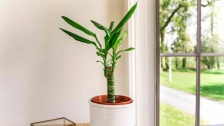
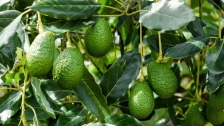
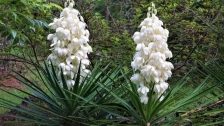




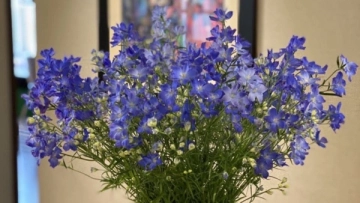
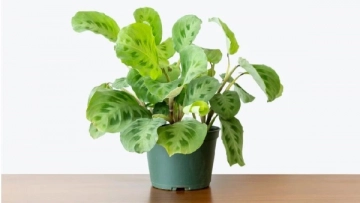

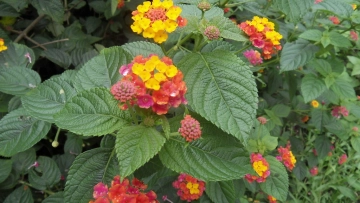
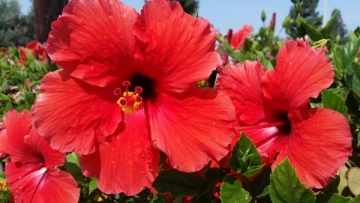
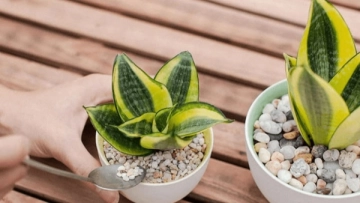
James Bond 007
September 26 , 2024